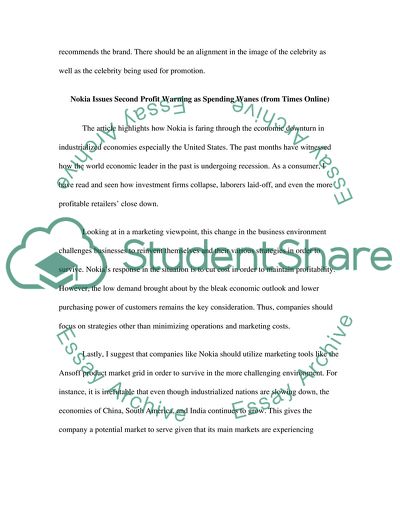Cite this document
(“The Trouble with Celebrity Endorsers Article Example | Topics and Well Written Essays - 2000 words”, n.d.)
The Trouble with Celebrity Endorsers Article Example | Topics and Well Written Essays - 2000 words. Retrieved from https://studentshare.org/marketing/1549605-marketing-articles
The Trouble with Celebrity Endorsers Article Example | Topics and Well Written Essays - 2000 words. Retrieved from https://studentshare.org/marketing/1549605-marketing-articles
(The Trouble With Celebrity Endorsers Article Example | Topics and Well Written Essays - 2000 Words)
The Trouble With Celebrity Endorsers Article Example | Topics and Well Written Essays - 2000 Words. https://studentshare.org/marketing/1549605-marketing-articles.
The Trouble With Celebrity Endorsers Article Example | Topics and Well Written Essays - 2000 Words. https://studentshare.org/marketing/1549605-marketing-articles.
“The Trouble With Celebrity Endorsers Article Example | Topics and Well Written Essays - 2000 Words”, n.d. https://studentshare.org/marketing/1549605-marketing-articles.


